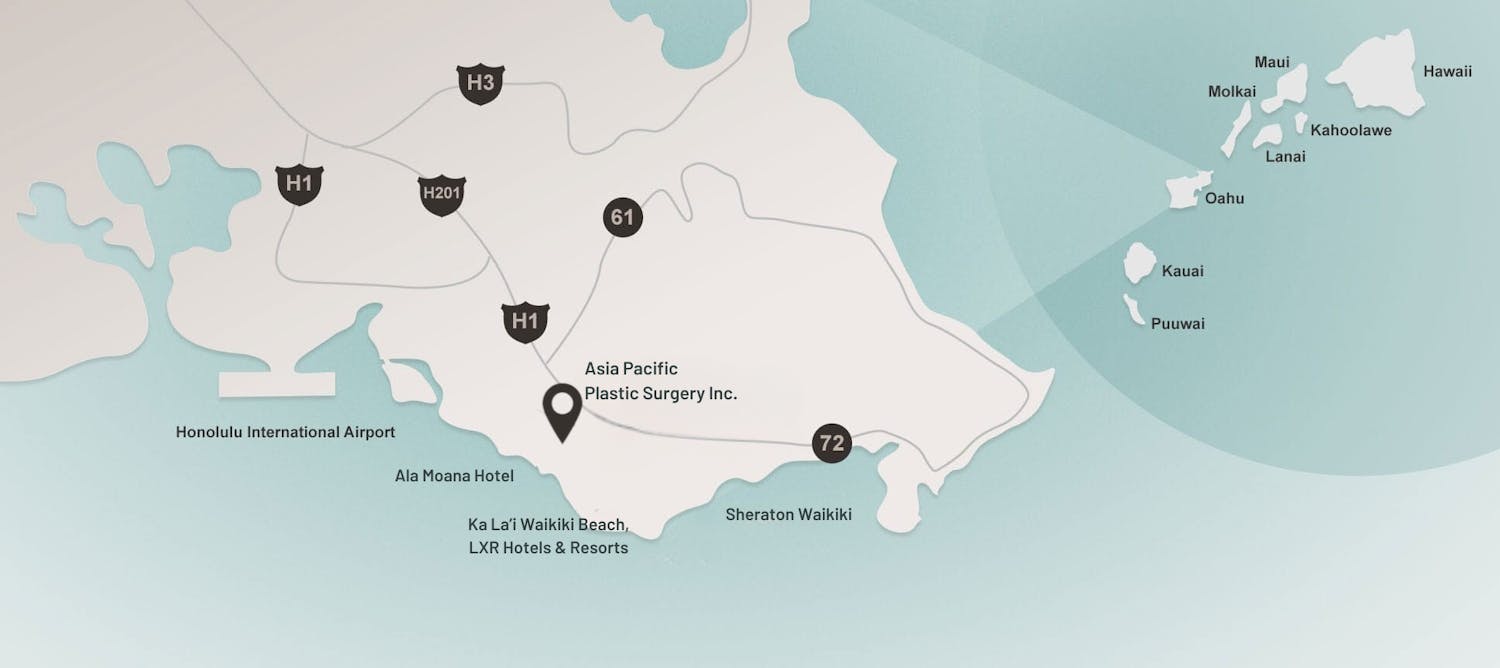The goal of Asian rhinoplasty is to create a nose that enhances the beauty of the Asian face, not to create a Caucasian nose. Board-certified plastic surgeon Dr. Shim Ching specializes in Asian cosmetic procedures for women and men.
Case #460
This patient had a rhinoplasty in Honolulu, Hawaii by Dr. Shim Ching. During this procedure, Dr. Ching removed the bump on the bridge of the nose, made the nose more narrow, reduced the nostrils and reduced the tip of the nose.
View Photo Gallery Schedule a consultation

















